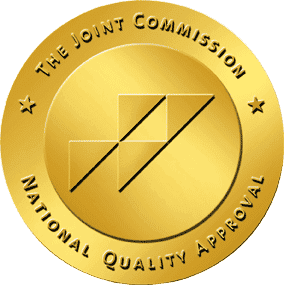How Does a Nurse Handle Crisis Standards of Care?

How Does a Nurse Handle Crisis Standards of Care?
Being a nurse of over 35 years in Southeast Louisiana, I have been faced with multiple situations that questioned standards of care. I’m not talking about being sure your patients are getting their medication within 30 minutes of the time it is ordered, or completing that admit assessment within 24 hours of his admission. I am talking about the hard, heartbreaking decisions of events that revolve around saving one person at the risk of losing another.
While working as a Med/Surg charge nurse at a local facility, during and after Hurricane Katrina we were faced with making the decision of who would get that last O2 tank of oxygen. I watched as 2 physicians argued over which patient had a better chance of surviving and which one we would have to watch fade away. I saw one nurse fight another nurse over the only oxygen tank regulator tank left. This was something I never thought I would see, but it looks like here we go again. For the second time in my nursing career, I am seeing team members faced with decisions of truly saving someone’s life.
The COVID-19 pandemic is forcing states to hold conversations on the process of utilizing crisis standards of care. At least this time we are talking about it before the bedside staff is facing it. The conversations are moving around the utilitarian theory of what standard would save the most at the cost of the least number of people. Who will be responsible to make those decisions? What criteria will be used to triage the patient who will or will not receive the most care? The American Medical Association has developed several resources on opinions of how to allocate limited resources and withholding life-sustaining treatments.
There is a plan—but what does that plan provide the nurse looking at the patient in the bed? That bedside nurse experiences something called “moral distress.” This is when the situation or the policy prevents a nurse from performing the care he or she knows is ethically expected. It is the pain we feel as when we are forced to compromise our professional values and standards because the resources are limited. As a bedside nurse, prepare yourself as this will not come easy. You have spent hours, days, even weeks caring for a patient who now will be passed on the ECMO machine or the ventilator because the hospital has too many who need them. You have promised a wife of many years that her husband will not pass alone, but you are being pulled to a different unit because he has been placed into palliative care.
These are not emotions you can just tuck away. Find a way to address this distress. Acknowledge that you have these emotions and seek to move beyond the immediate response. Work to understand the ethical reasons why the facility has to make these decisions. The American Nurses Association’s Code of Ethics for Nurses with Interpretive Statements may help to refocus our task towards strategies to lessen the crisis and to work to save the greatest number of people possible. We must work to mitigate the moral distress we feel. Listen to each other, laugh with each other, cry with each other, support each other, and cherish the moments we have.
References:
Webster, Laura & Wocial, Lucia. Ethics in a pandemic. MyAmerican Nurse.com September 2020. Vol. 15, number 9
By Angela Totora, MBA/HA, RN, CHP, LBBP




